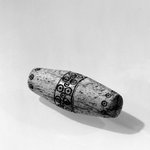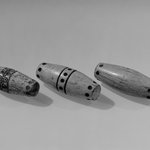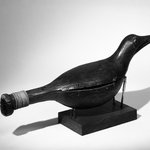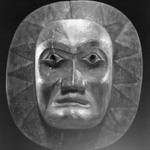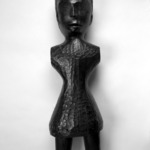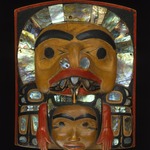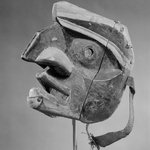
Hamatsa Whistle
Arts of the Americas
Whistles are generally used in indigenous cultures of the Americas to announce the presence of supernatural forces. In the Hamatsa ceremony, young male initiates who behave like wild cannibals as part of their initiation go through a process of four ceremonial cycles that calm and socialize them until they are accepted into society. During the fourth and final section, they reenact the unruly cannibal behavior of Baxbakwalanuksiwae (Man Eater at the End of the World). The wild Hamatsa dancer is brought inside the ceremonial house while whistles such as this one, representing the Man Eater’s many mouths, are blown.
Los silbatos se usan generalmente en las culturas indígenas de las Américas para anunciar la presencia de fuerzas sobrenaturales. En la ceremonia Hamatsa, iniciados jóvenes que se comportan como caníbales salvajes como parte de su iniciación, atraviesan un proceso de cuatro ciclos ceremoniales que los calman y socializan hasta que son aceptados en sociedad. Durante la cuarta sección, ellos reinterpretan la conducta caníbal descontrolada de Baxbakwalanuksiwae (Comedor de Hombres en el Fin del Mundo). El bailarín Hamatsa salvaje es llevado al interior de la casa ceremonial mientras silbatos como éste, representando las muchas bocas del Comedor de Hombres, son soplados.
Los silbatos se usan generalmente en las culturas indígenas de las Américas para anunciar la presencia de fuerzas sobrenaturales. En la ceremonia Hamatsa, iniciados jóvenes que se comportan como caníbales salvajes como parte de su iniciación, atraviesan un proceso de cuatro ciclos ceremoniales que los calman y socializan hasta que son aceptados en sociedad. Durante la cuarta sección, ellos reinterpretan la conducta caníbal descontrolada de Baxbakwalanuksiwae (Comedor de Hombres en el Fin del Mundo). El bailarín Hamatsa salvaje es llevado al interior de la casa ceremonial mientras silbatos como éste, representando las muchas bocas del Comedor de Hombres, son soplados.
CULTURE
Gwa'sala Kwakwaka'wakw
MEDIUM
Cedar wood, cotton cord, resin, pigment
DATES
19th century
DIMENSIONS
8 11/16 x 2 3/4 in. (22.1 x 7 cm) (show scale)



COLLECTIONS
Arts of the Americas
ACCESSION NUMBER
05.588.7351
CREDIT LINE
Museum Expedition 1905, Museum Collection Fund
CATALOGUE DESCRIPTION
The whistle is in the form of a human face with an open mouth. The instrument was likely played during the Hamatsa initiation ceremony. A cotton cord is wrapped around the figure's neck and head piece.
Condition: good.
MUSEUM LOCATION
This item is not on view
CAPTION
Gwa'sala Kwakwaka'wakw. Hamatsa Whistle, 19th century. Cedar wood, cotton cord, resin, pigment, 8 11/16 x 2 3/4 in. (22.1 x 7 cm). Brooklyn Museum, Museum Expedition 1905, Museum Collection Fund, 05.588.7351. Creative Commons-BY (Photo: Brooklyn Museum, 05.588.7351_acetate_bw.jpg)
IMAGE
overall, 05.588.7351_acetate_bw.jpg. Brooklyn Museum photograph
"CUR" at the beginning of an image file name means that the image was created by a curatorial staff member. These study images may be digital point-and-shoot photographs, when we don\'t yet have high-quality studio photography, or they may be scans of older negatives, slides, or photographic prints, providing historical documentation of the object.
RIGHTS STATEMENT
Creative Commons-BY
You may download and use Brooklyn Museum images of this three-dimensional work in accordance with a Creative Commons license. Fair use, as understood under the United States Copyright Act, may also apply.
Please include caption information from this page and credit the Brooklyn Museum. If you need a high resolution file, please fill out our online application form (charges apply).
For further information about copyright, we recommend resources at the United States Library of Congress, Cornell University, Copyright and Cultural Institutions: Guidelines for U.S. Libraries, Archives, and Museums, and Copyright Watch.
For more information about the Museum's rights project, including how rights types are assigned, please see our blog posts on copyright.
If you have any information regarding this work and rights to it, please contact copyright@brooklynmuseum.org.
RECORD COMPLETENESS
Not every record you will find here is complete. More information is available for some works than for others, and some entries have been updated more recently. Records are frequently reviewed and revised, and we welcome any additional information you might have.

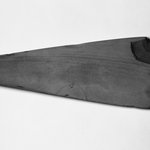
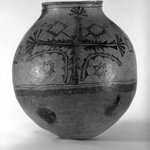

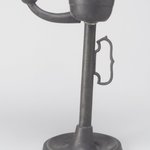
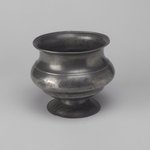
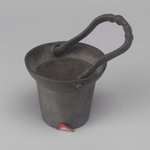

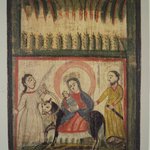

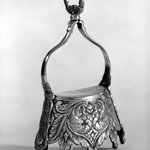
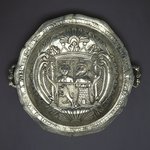
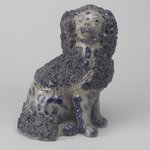
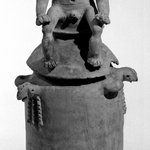

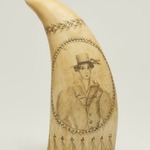


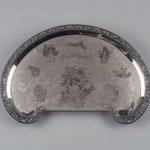
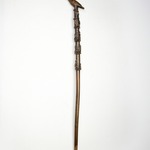
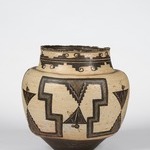

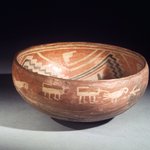


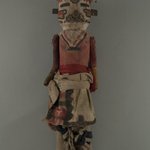

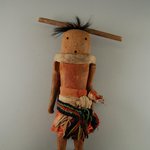

![Kachina Doll (Pakwen [Clown])](https://d1lfxha3ugu3d4.cloudfront.net/images/opencollection/objects/size2_sq/CUR.03.325.4606_front.jpg)
